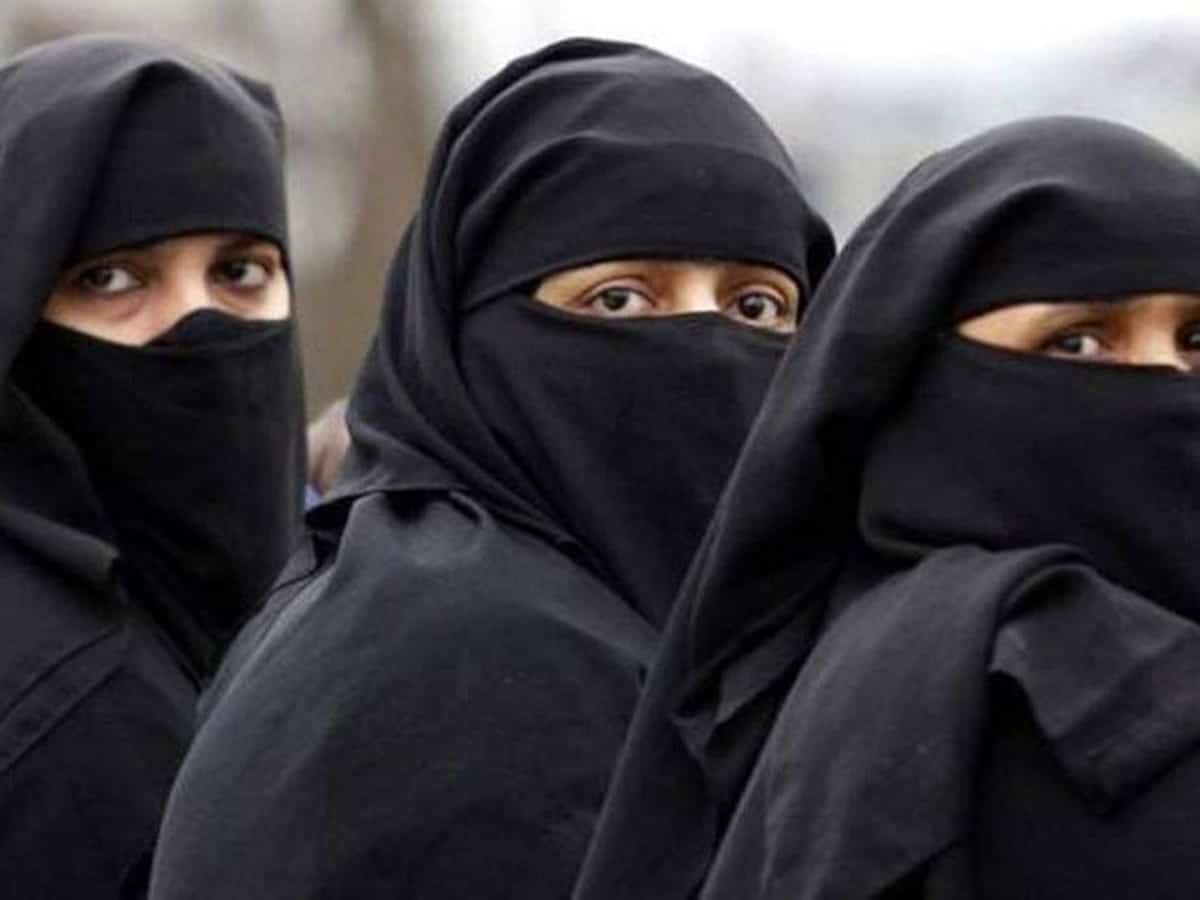
By Mohammed Amaan Khan
Within the diversity of India, the need for inclusivity has never been more pronounced, and the spotlight now turns to the challenges faced by Muslim women in various facets of life. This article brings to light the multifaceted issues faced by Muslim women, spanning education, employment, health, and financial inclusion, illuminating the complexities of these challenges, and urging readers to reflect on the barriers that hinder the complete engagement of Muslim women in the broader fabric of the nation.
When it comes to education, the stark literacy statistics unveiled by the 2011 Census of India present a concerning narrative. Muslim women, with an illiteracy rate of 48.1%, outpace the national average, highlighting a critical need for targeted interventions. While the literacy rate in a few states has seen improvement, the national picture demands urgent attention.
Comparative analysis with other religious communities underscores the urgency. Muslim females lag behind Hindu females in literacy rates, showcasing a disparity that necessitates a focused approach. Causes such as economic conditions, teaching methods, early marriages, and parental illiteracy require multifaceted solutions.
The proposed remedies, from eradicating harmful traditions to vocational education, emphasize the importance of governmental initiatives and community-driven awareness programmes. Empowering Muslim women through education is not just a moral imperative but a strategic investment in the nation’s intellectual capital.
Within the workforce, a compelling exploration of employment disparities among Muslim women reveals a narrative of invisibility and underrepresentation. Despite being the largest minority community, Muslim women face a double disadvantage rooted in both gender and religious identity.
Statistical data, including a mere 2.7% representation in mid to senior executive positions in the private sector, underscores the urgent need for systemic change. The economic impact of integrating educated Muslim women into the workforce, estimated at $770 billion of the GDP, serves as a powerful argument for dismantling barriers.
The article’s optimism is not unfounded, as it not only identifies external and internal factors contributing to underrepresentation but also offers practical solutions. From educational reforms to equal opportunity policies and the establishment of support networks, the roadmap is clear. The call to action resonates—change is not only possible but imperative for economic growth and social equity.
Furthermore, a meticulous exploration of the health landscape for Muslim women transcends statistics to delve into the cultural and religious nuances shaping their well-being. Despite regional variations in maternal mortality rates, the unexpectedly lower mortality rates among Muslim women suggest potential advantages linked to community size and access to emergency obstetric care.
In a shift from the ‘Muslim Mortality Paradox,’ recent data reveals a diminishing life-expectancy advantage for Muslims in comparison to high-caste Hindus. Formerly attributed to improved hygiene practices, the narrowing gap signals changing dynamics. Between 1997 and 2000, the life-expectancy difference was 2.1 years for women and 0.3 years for men, but by 2013-16, the gap increased to 2.8 years for women and 2.6 years for men, indicating evolving health trends.
The intersectionality of domestic violence and neonatal mortality unveils a complex tapestry requiring targeted interventions. The reluctance to seek post-partum care among rural Muslim women emphasizes the need for community-specific solutions. The study’s call for a multi-faceted approach, including policy refinement, targeted interventions, and community involvement, echoes the importance of addressing health disparities among Muslim women. Authentic statistics and evidence-based interventions are the keystones for reducing inequities.
In the economic realm, the unique challenge faced by Muslim women in achieving financial inclusion is rooted in religious beliefs. The prohibition of interest-bearing financial products presents a significant barrier, compounded by the absence of a comprehensive policy response in India.
Global examples of successful interest-free banking, particularly in the Middle East, provide a model for inclusivity. The reluctance of India to adopt such measures is contrasted with successful private initiatives like the Sanghamam Multi-State Co-operative Credit Society in Kerala.
The paper’s conclusion urges India to integrate interest-free banking into its financial system, drawing lessons from the international experiences of Malaysia and the United Kingdom. The moral imperative of financial inclusion aligns with economic efficiency, making it imperative to address faith-based barriers for sustainable and equitable development.
Hence, this multifaceted exploration paints a vivid picture of the challenges faced by Muslim women in India. From education to employment, health, and financial inclusion, there is an urgent need to unlock the potential of this largely untapped section of society for the overall growth of the country.
To delve further in this topic, check the website of The Centre for Development Policy & Practice (CDPP).
The latest special issue “Gender and Inclusion: A Focus on Muslim Women in India” is available to read online for the readers, to gather more insights.
Link: https://zenodo.org/records/10217843
Mohammed Amaan Khan is a Research Fellow at CDPP and an aspiring economist who graduated with honours from Symbiosis School of Economics, earning a BSc in Economics. His primary focus lies in driving economic growth and resilience through data-driven strategies.
